Home / Albums / Tag musical instrument 193

 Single perforated pipe
Single perforated pipe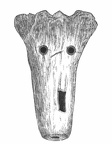 Clay Pipe from Babylon
Clay Pipe from Babylon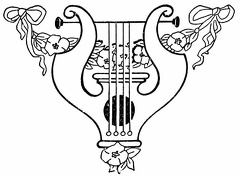 Musical instrument divider
Musical instrument divider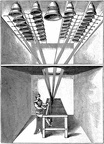 Carillon, Netherlands
Carillon, Netherlands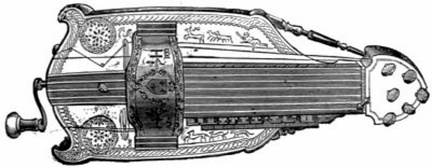 Vielle
Vielle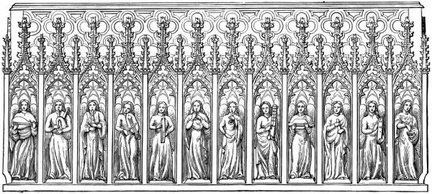 The minstrels’ gallery, at Exeter cathedral
The minstrels’ gallery, at Exeter cathedral Scotch bagpipe, eighteenth century
Scotch bagpipe, eighteenth century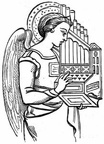 Regal
Regal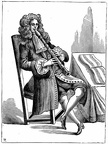 Recorder
Recorder Pneumatic organ, fourth century
Pneumatic organ, fourth century Monochord
Monochord Lute, Elizabethan
Lute, Elizabethan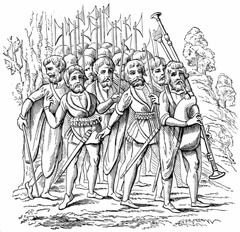 Irish bagpipe, sixteenth century
Irish bagpipe, sixteenth century Viola da gamba
Viola da gamba Syrinx
Syrinx Organistrum
Organistrum German fiddle, ninth century
German fiddle, ninth century Anglo-saxon fiddle
Anglo-saxon fiddle The French Crout
The French Crout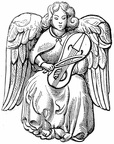 The old English 'crowd'
The old English 'crowd' The Crwth
The Crwth Irish Rotta
Irish Rotta Rotta
Rotta German rotte
German rotte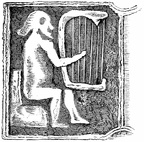 Ancient Irish harp
Ancient Irish harp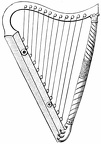 Harp, ninth century
Harp, ninth century Anglo-saxon harp
Anglo-saxon harp Citole
Citole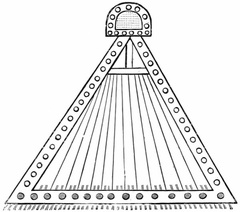 Psalterium
Psalterium Aztec cluster of bells
Aztec cluster of bells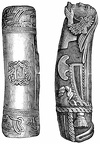 Aztec drums
Aztec drums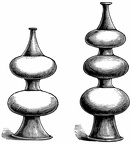 Indian trumpets
Indian trumpets Orinoco Indian trumpet
Orinoco Indian trumpet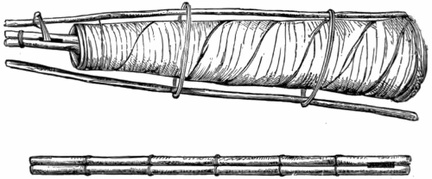 South American Juruparis
South American Juruparis Peruvian huayra-puhura
Peruvian huayra-puhura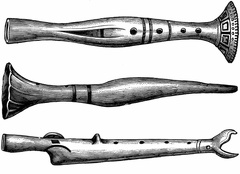 Pipes of the Aztecs
Pipes of the Aztecs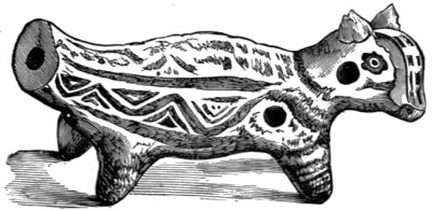 Antique pipe from central America
Antique pipe from central America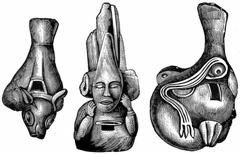 Aztec whistles
Aztec whistles The rebab
The rebab Persian dulcimer
Persian dulcimer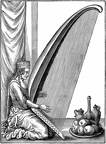 Turkish harp
Turkish harp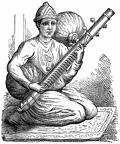 Hindustan, vina
Hindustan, vina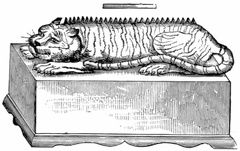 Chinese ou
Chinese ou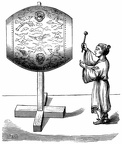 Chinese kin-kou
Chinese kin-kou Chinese cheng
Chinese cheng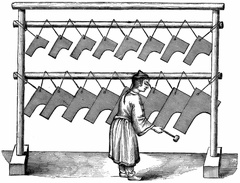 Chines King
Chines King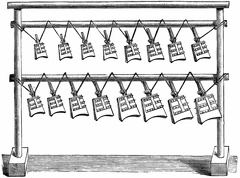 Chinese pien-tchung
Chinese pien-tchung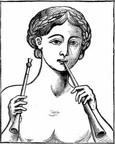 Roman girl and tibia
Roman girl and tibia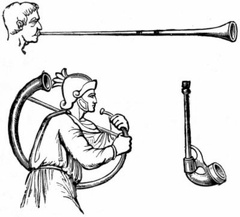 Roman trumpets
Roman trumpets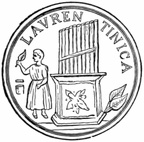 Hydraulic Organ
Hydraulic Organ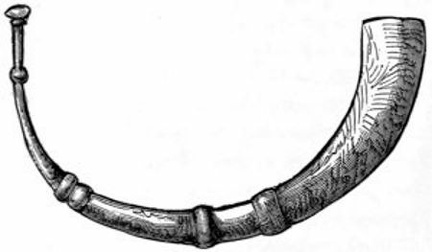 Etruscan cornu
Etruscan cornu A diaulos
A diaulos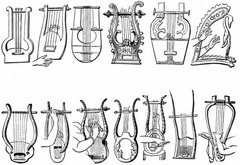 Greek Lyres
Greek Lyres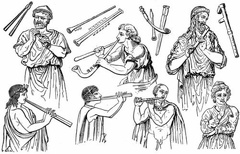 Greek Flutes
Greek Flutes Grecian harp and lyre
Grecian harp and lyre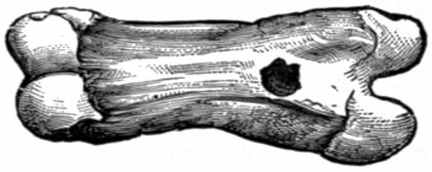 Prehistoric Whistle
Prehistoric Whistle A Niam-niam minstrel
A Niam-niam minstrel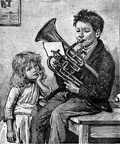 Keep practising brother
Keep practising brother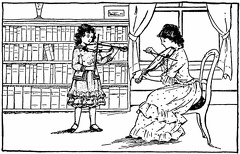 Maud Powell
Maud Powell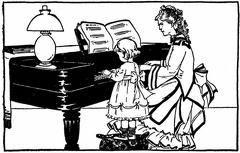 Amy Marcy Cheney Beach
Amy Marcy Cheney Beach



